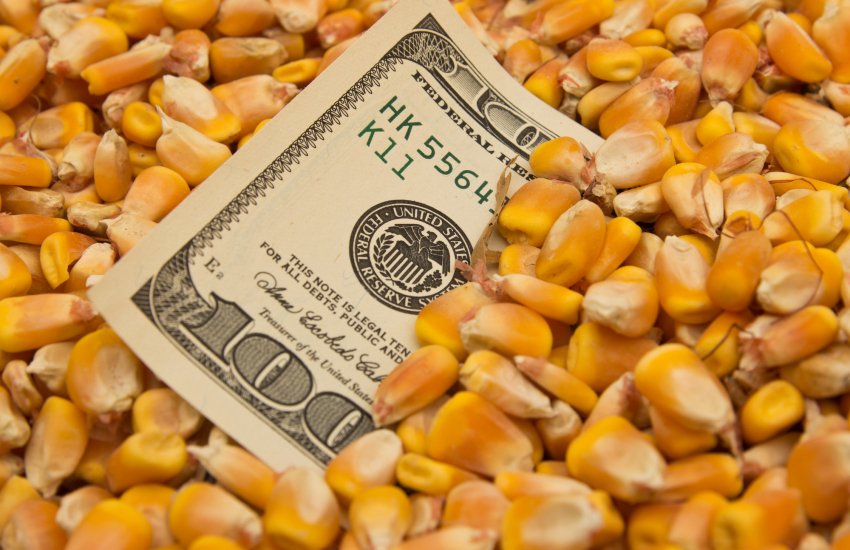US climate holds pressure on CBOT prices of corn

After the United States Department of Agriculture (USDA) released its first crop of corn projection for the country, attributing high initial productivity to the 2023 crop, the market is looking for arguments to contest the initial optimism. The second half of May was a little drier in the Great Lakes region and should continue like this until the 10th. However, there is an excellent forecast for rain from then on. The market of corn tried again to contain the downward pressure on prices on the Chicago Board of Trade (CBOT) with this climatic movement to sustain indications above USD 5.00/bushel. Nothing is more seasonal than a price movement based on the weather right now. For Brazil, this volatility must be understood as selling opportunities, considering the size of the Brazilian second crop of corn and the serious logistical difficulties that are expected until the start of the 2024 summer crop. Just like soybean prices dropped due to the decline in premiums at the height of the harvest, it will not be surprising if this occurs during the harvest of yet another record crop of corn. External factors help Brazilian exports, such as the crop failure in Argentina and the lower production in Ukraine, however, the Brazilian export window will be hindered by a record US output, which may affect port prices beyond what we are already seeing.
A few days with plenty of information relevant to the world economy and markets. Initially, the Chinese PMI, which measures the pace of the industry in the period. The index came in at 48.80 points, well below market expectations, pointing to a slowdown in Chinese activity. However, shortly after this release, the preliminary number for May was 50.90 points, showing a strong recovery compared to April. In this environment, markets had a very pessimistic moment at the beginning of the week followed by a less pessimistic moment at the end of it. Commodities showed strong volatility due to the data released over the week.
At the same time, the US and European PMIs also came more adjusted and brought a positive bias to markets, since an economic adjustment in these two blocs could help in the inflationary context, which was already registered in the week of the April inflation release in Europe. Job creation remained strong in the USA, however, with some increase in unemployment in the aggregate monthly data. In addition, the US government’s budget impasse was resolved by Congress last week.
All this information has affected markets in some way. Either because of the optimism in the possible stoppage in interest rate hikes or because of the pessimism of demand cuts by China. And that is why markets have been so volatile, especially in the case of commodities, where China has fundamental participation, as in soybeans, for example.
The dollar index fluctuated too much over the week, initially surpassing 104 points in and then closing Friday at levels that were more in line with the US economic data. In any case, it still resists breaking the 101-point support and further devaluing the dollar. The next clash of information will take place on June 13 with the US inflation for May. An accumulated level well below 4.9% may suggest a quieter Fed meeting on June 14, signaling stable interest rates for longer. As long as inflation does not move toward the 2% target in twelve months, there will be no easing of interest rates in the USA.
Therefore, there is a clear and focused change in the Brazilian economic and monetary policy. More modest inflationary data in April/May may suggest that the Central Bank will decide on the first cut in Brazilian interest rates this year. It seems that the new stance of the Monetary Policy Committee (COPOM) will be to drop interest rates very quickly in Brazil, ignoring the external scenario. Greater credit supply can leverage the economy along with more government spending and generate future inflation. A switch to protection in dollars would not be a surprise from that point on, only depending on the speed at which the COPOM will lower interest rates.
Read also
Wheat in Southern Brazil Impacted by Dry Weather and Frosts
Oilseed Industry. Leaders and Strategies in the Times of a Great Change
Black Sea & Danube Region: Oilseed and Vegoil Markets Within Ongoing Transfor...
Serbia. The drought will cause extremely high losses for farmers this year
2023/24 Safrinha Corn in Brazil 91% Harvested
Write to us
Our manager will contact you soon



